Partnering for Forest Health, Improving Community Safety and Prosperity
The Good Neighbor Authority partnership provides many benefits. It accelerates, expands, and increases the number of forest restoration and management projects in Montana. These initiatives enhance forest health, improve habitats for fish and wildlife, and reduce the risk of catastrophic wildfires.
Good Neighbor Authority by the Numbers

Improving forest health and resilience through forest restoration
Forest restoration reestablishes or bolsters a forest’s natural ecosystem to maintain or achieve forest health. Forest restoration projects focus on managing invasive species and pests, preserving tree diversity, clearing underbrush, improving water quality, and more. Activities such as replanting trees and controlled burns are some of the tools used to achieve these goals.
East Fork Elk Creek BMPs
Kootenai National Forest, Heron
The East Fork Elk Creek Best Management Practices (BMPs) project is an example of a GNA forest restoration project. The project addressed BMPs along a recently rerouted East Fork Elk Creek Road section. The objective was to divert road drainage from an active stream channel, thereby protecting water quality and improving habitat for fish and wildlife. Funded by program revenue from a previous timber sale, this project will help facilitate the completion of future commercial restoration work.
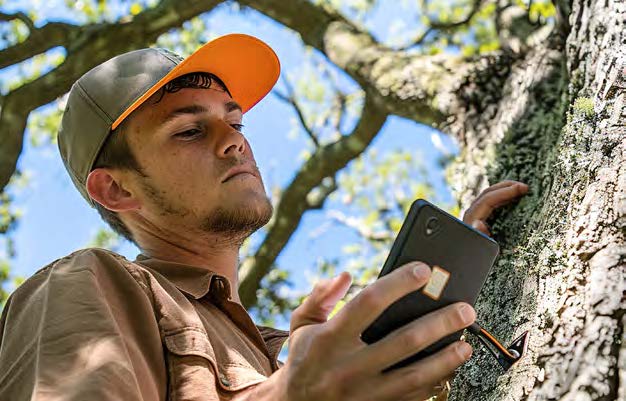
Improving forest health and resilience through forest management
Forest management is the administration of forests through planned human activities to achieve a specific goal. Activities include sustainable timber harvesting, or logging, to preserve forest health. When done strategically and sustainably, logging contributes to the well-being of our forests, communities, and environment.
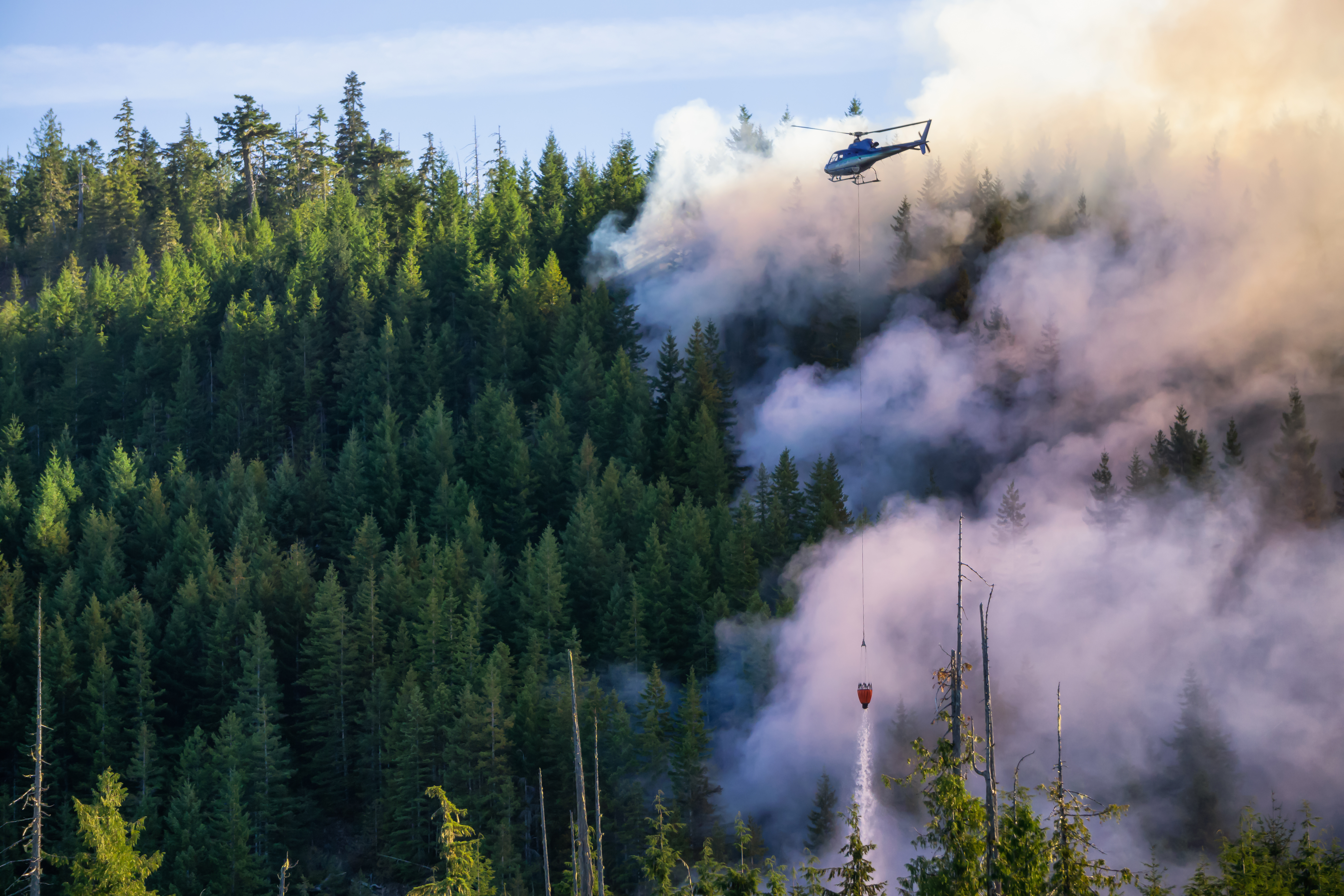
Strategic removal of select trees helps reduce excessive growth and overcrowding, creating a better environment for healthy tree and plant growth. Additionally, removing dead and diseased trees can prevent the spread of damaging bacteria, fungi, and insect infestations.
Capitol 360 Helena-Lewis & Clark National Forest, Helena
The Capitol 360 project supports cross-boundary work on BLM, Forest Service, and private land to address years of fire suppression that led to overstocked stands and reduced forage for big game. 204 acres have been treated using pre-commercial thinning and hand piling to reduce wildfire risk and improve forest health and wildlife habitat conditions.
Reinvestment into future forest restoration and management projects

Reinvestment into future forest restoration and management projects
Revenue generated through the sale of timber logged from Good Neighbor Authority projects is reinvested to fund future forest reforestation and management projects, further increasing the health and resiliency of Montana’s forests.
Improving wildlife and fisheries habitat
Forest management and restoration projects help improve and protect essential wildlife and fish habitats by maintaining the health of the forests where they live. Keeping forests healthy and free of overcrowded, dead, and diseased trees allows for biodiversity and provides a healthy ecosystem for various plants and animals.
Strategic logging plays a role in protecting biodiversity by providing and maintaining diverse habitats for various plant and animal species to flourish. Forests with various aged stands of trees offer different types of food, space, and cover required by a wide range of species.
For example, young timber stands allow sunlight to reach the forest floor, promoting the growth of grasses and weeds that cannot thrive in older, denser forests. This provides food for various species and is particularly important for Montana’s elk population.
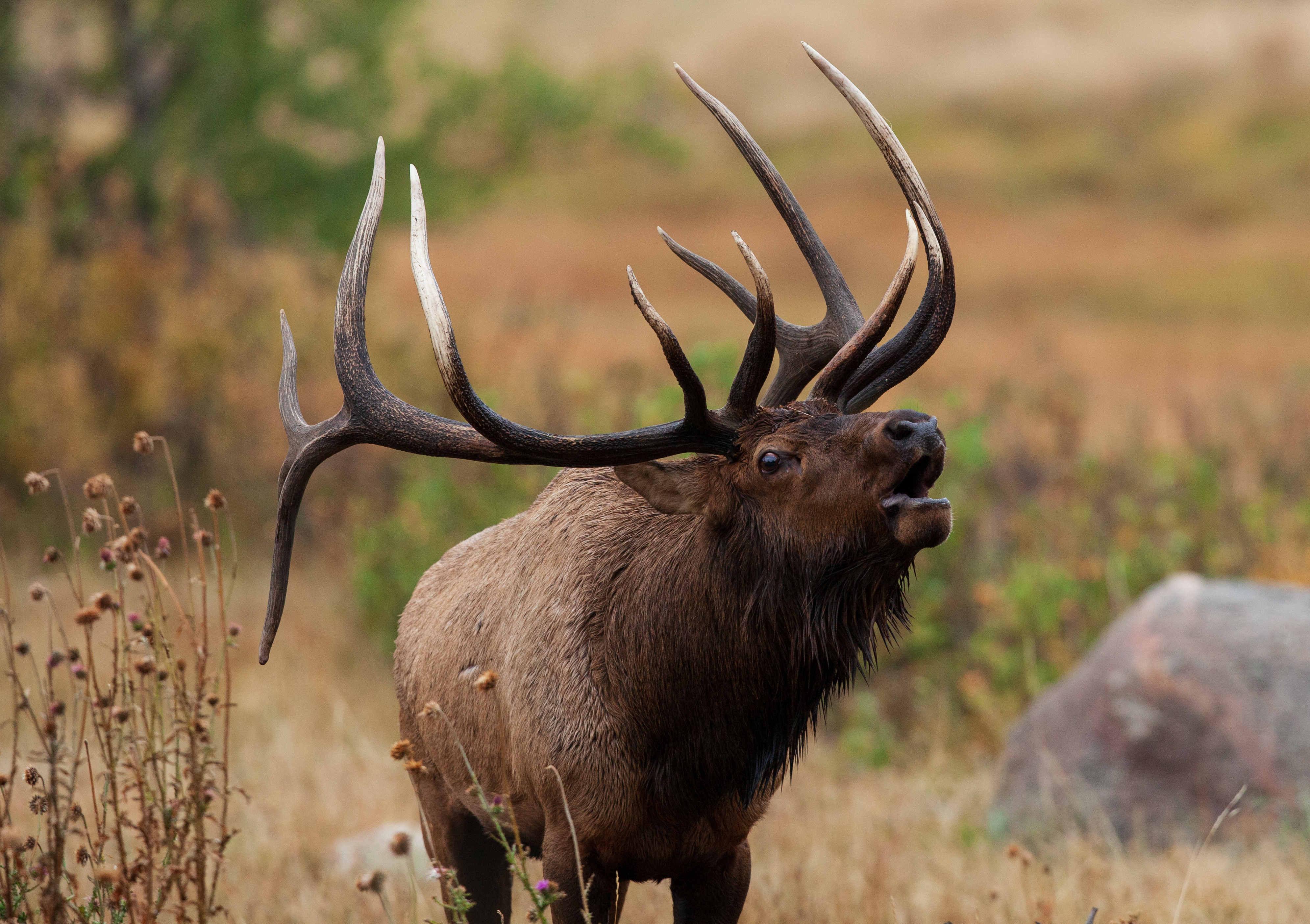
Threemile Game Range Bitterroot National Forest, Near Stevensville
The Threemile Game Range project supports cross-boundary work on Montana Fish Wildlife & Parks and USFS lands to address years of fire suppression that led to overstocked stands and reduced forage for big game. Stands will be treated to promote large ponderosa pine, reduce wildfire risk, and improve winter range conditions for big game.
Watershed protection
Forests are an important source of clean, fresh water. Forest watersheds, forested areas where water is channeled through the trees and soil, act like a filter, removing pollution and debris before collecting in lakes, rivers, and streams. Watersheds also regulate streamflow, reducing the risk of damage due to stormwater runoff and flooding.
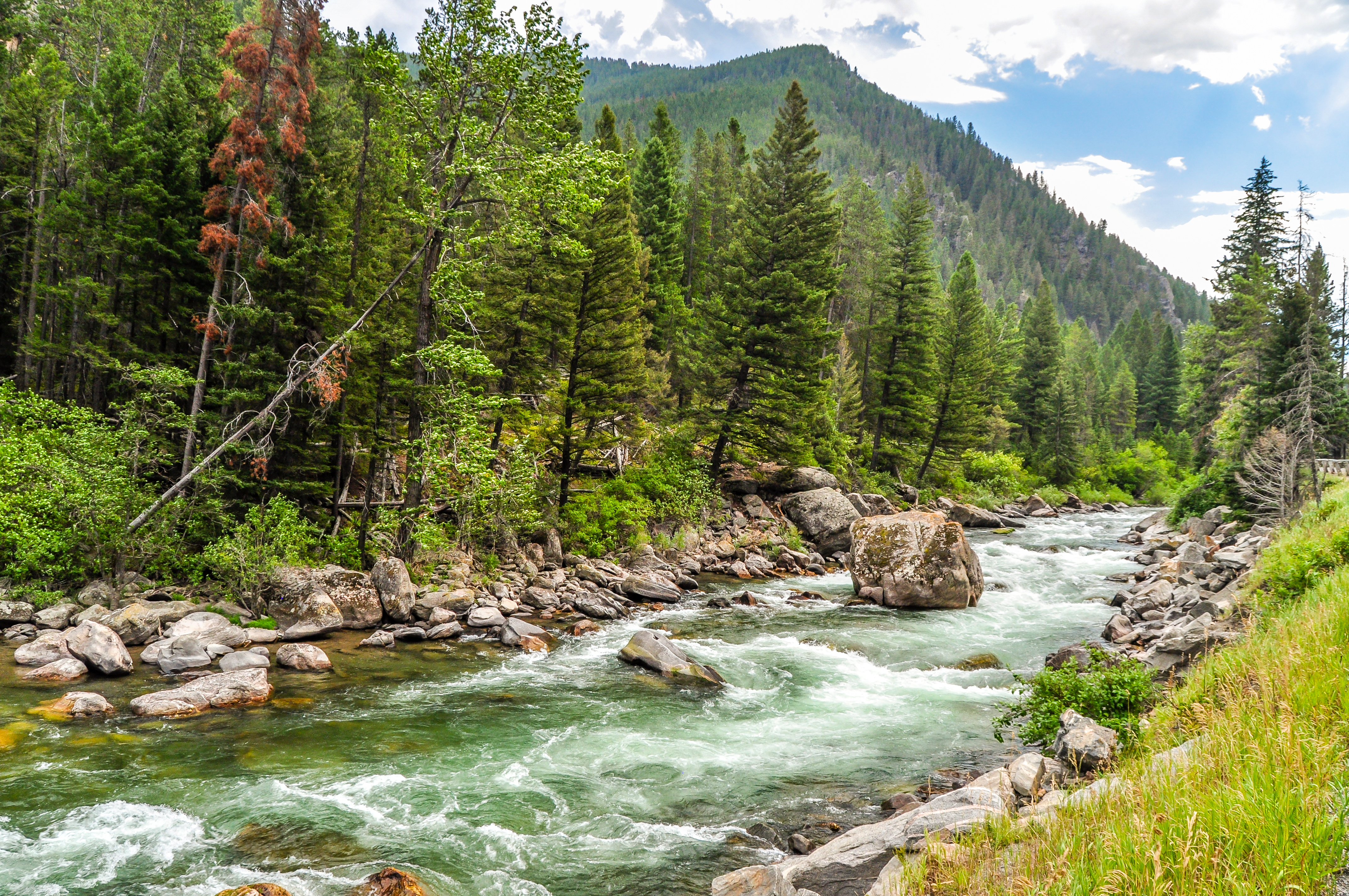
Forest restoration and management projects protect forest watersheds by restoring and/or maintaining the health of the forest, improving its ability to filter water. For example, a sustainable forest management project reduces the risk of a catastrophic wildfire that destroys trees and vegetation, resulting in increased soil erosion and ash and debris flowing into lakes, streams, and rivers.
Basin Creek-Butte Watershed Beaver-Deerlodge National Forest, Near Butte
The Basin Creek-Butte Watershed project was implemented by the USFS, DNRC, the City and County of Butte- Silver Bow, and other partners on the Beaver-Deerlodge National Forest lands. The project aimed to protect the Basin Creek Municipal Watershed, located south of Butte, which is a crucial source of drinking water for the surrounding community. This was accomplished by enhancing forest health and reducing the risk of catastrophic wildfires through thinning, harvesting, and installing fuel breaks using sustainable logging practices.
Reducing the risk of catastrophic wildfires
Over the past few years, the United States has experienced an increase in catastrophic wildfires. These are extremely destructive fires that burn at high temperatures and result in the complete destruction of trees, wildlife habitats, and watersheds, as well as extensive damage to communities. The rise in catastrophic wildfires is attributed to higher temperatures, drier conditions, and longstanding government policies discouraging forest management practices.
Sustainable logging for forest management can help mitigate the risk of catastrophic wildfires. Thinning out overgrown forests and removing dead and fallen trees can reduce the fuel available for wildfires, while also creating access for firefighters and firebreaks to help fight fires.
In addition to sustainable logging, prescribed fires, or controlled burns, can be an effective strategy for reducing the risk of devastating wildfires. By deliberately setting and managing fires during safe conditions, the amount of available fuel, such as dead trees and dense vegetation, can be significantly reduced, thus lowering the risk of catastrophic wildfires.
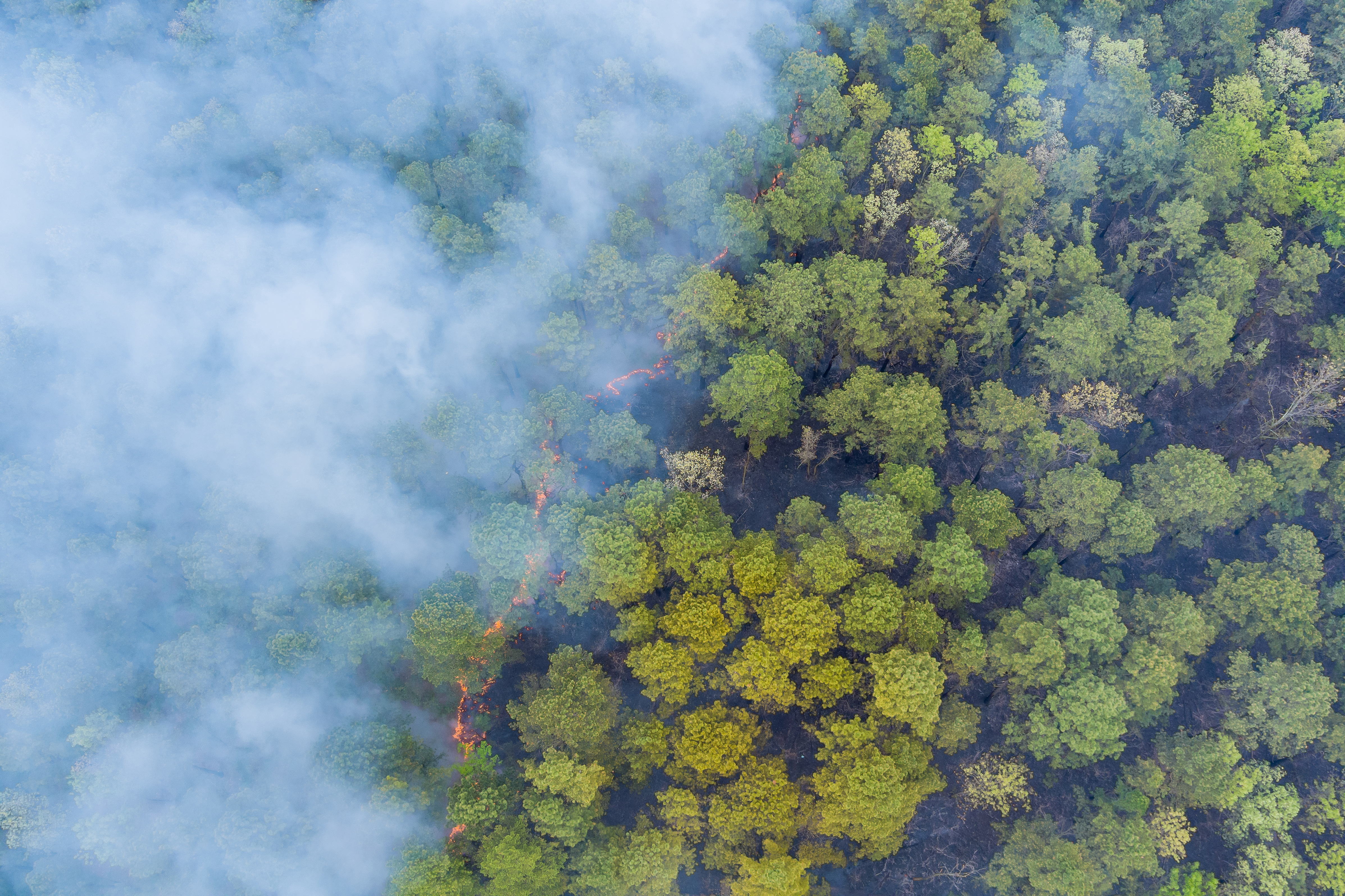
National Environmental Protection Act (NEPA) Support
GNA also increases the capacity for necessary NEPA analyses, which are required for all federal projects before they can be implemented. Due to staffing and funding challenges faced by agencies like the USFS and BLM, GNA contracts with private environmental consulting firms to expedite these analyses.
